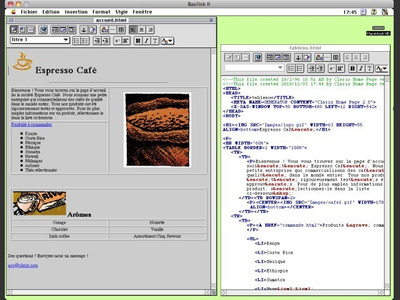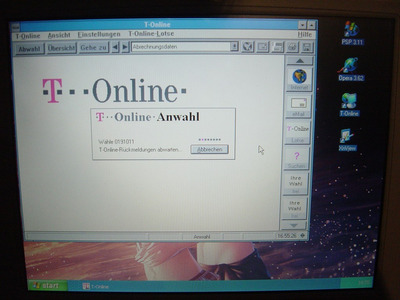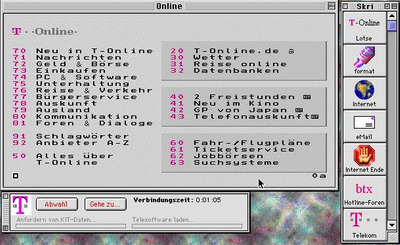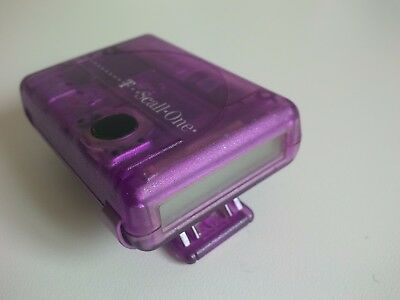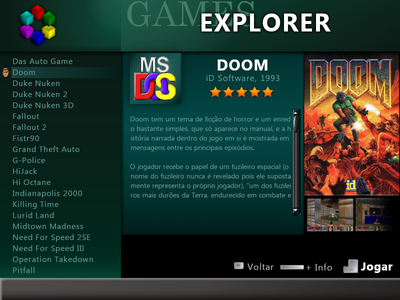First post, by Rikintosh
- Rank
- Member
Older computers = Computers from the mid 90's, between 486 dx2 66 and pentium 166
Image format = The most common ones, such as jpg, gif, bmp, png...
I wanted to load a lot of images in an HTML page, they are small 64x128 images, but as there are a lot of images at the same time, I realized that I can have a big difference in performance if I choose the ideal format.
I first thought of jpg, as it seems to me to be the format that best compresses images, and that translates into better use of ram, but then I thought that maybe this could be like video compression, where small files are the result of large compression, and that during runtime, decompression would use a lot of processing resources.
I want to have images that are as small as possible and load quickly even on a medieval-era computer. I'm not demanding anything scientific, I just wanted to know your opinion to help me decide!
Take a look at my blog: http://rikintosh.blogspot.com
My Youtube channel: https://www.youtube.com/channel/UCfRUbxkBmEihBEkIK32Hilg

